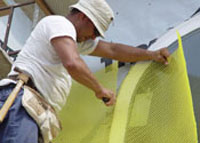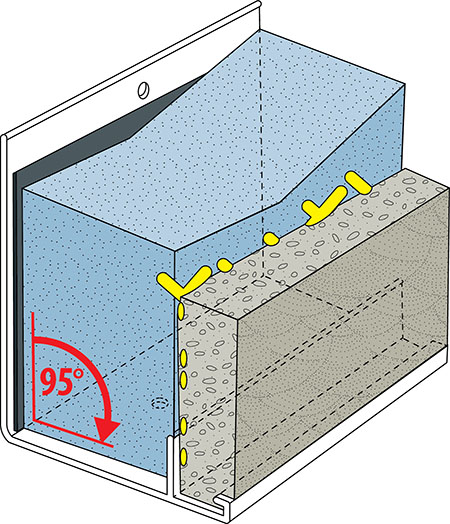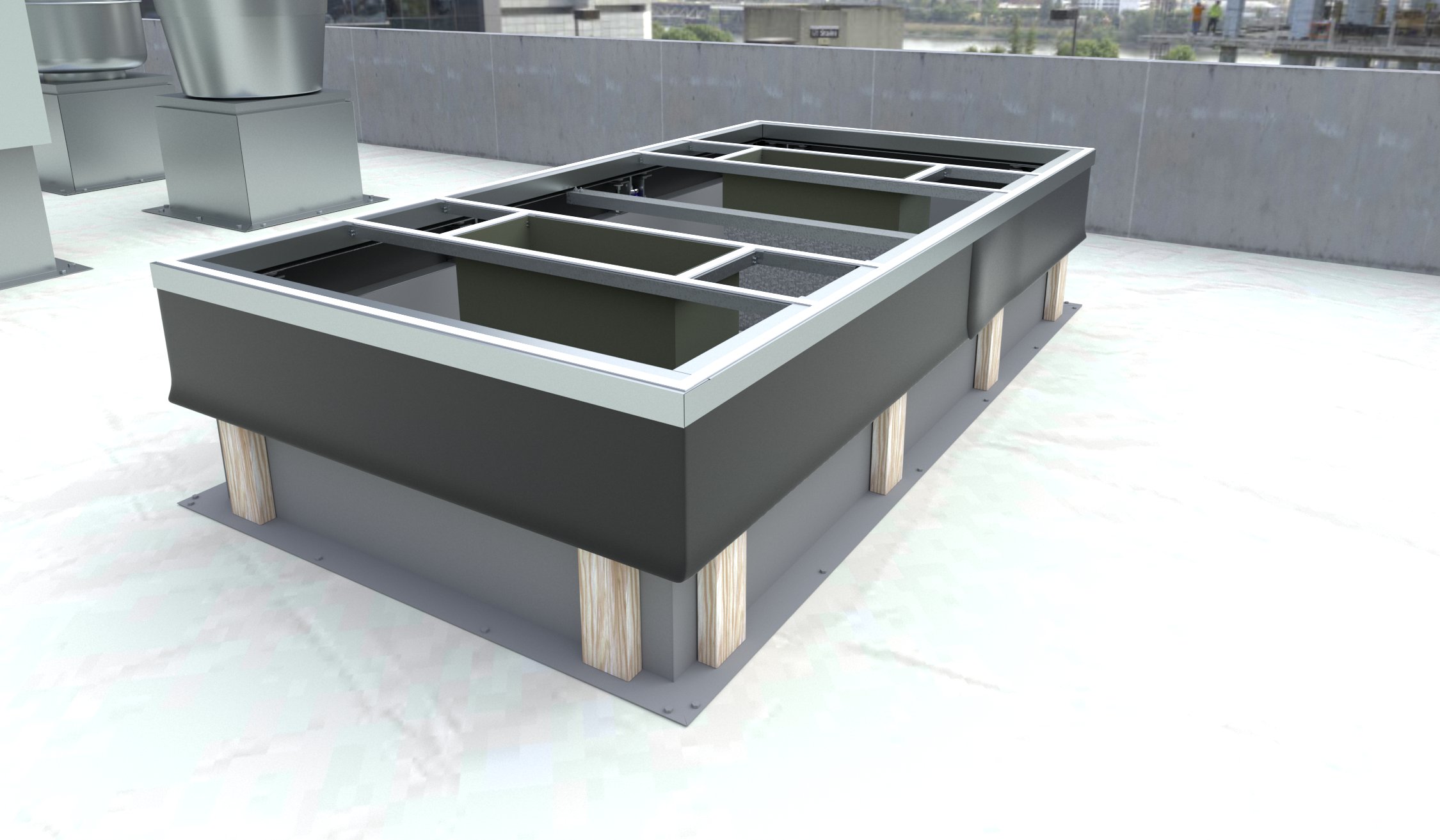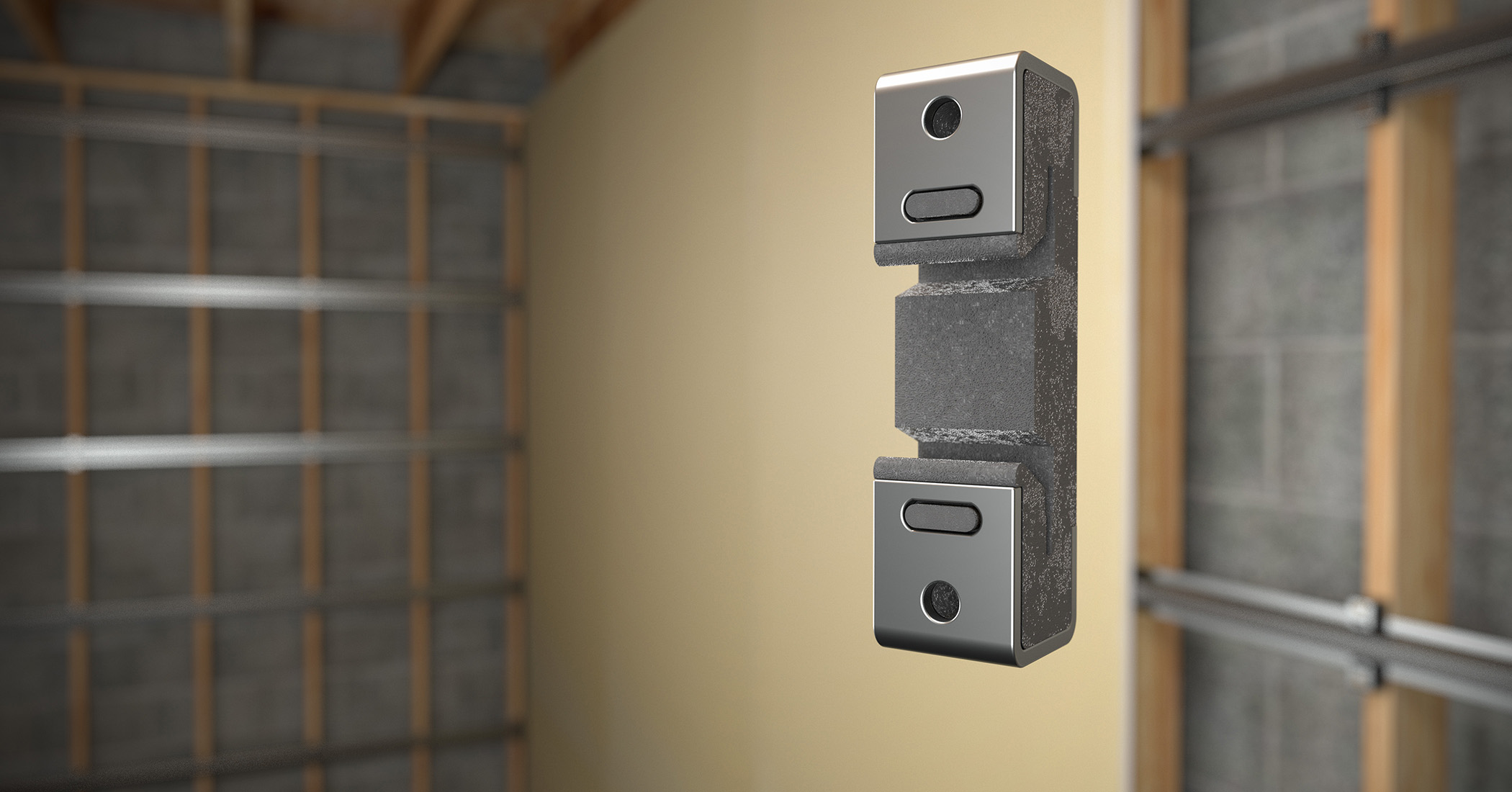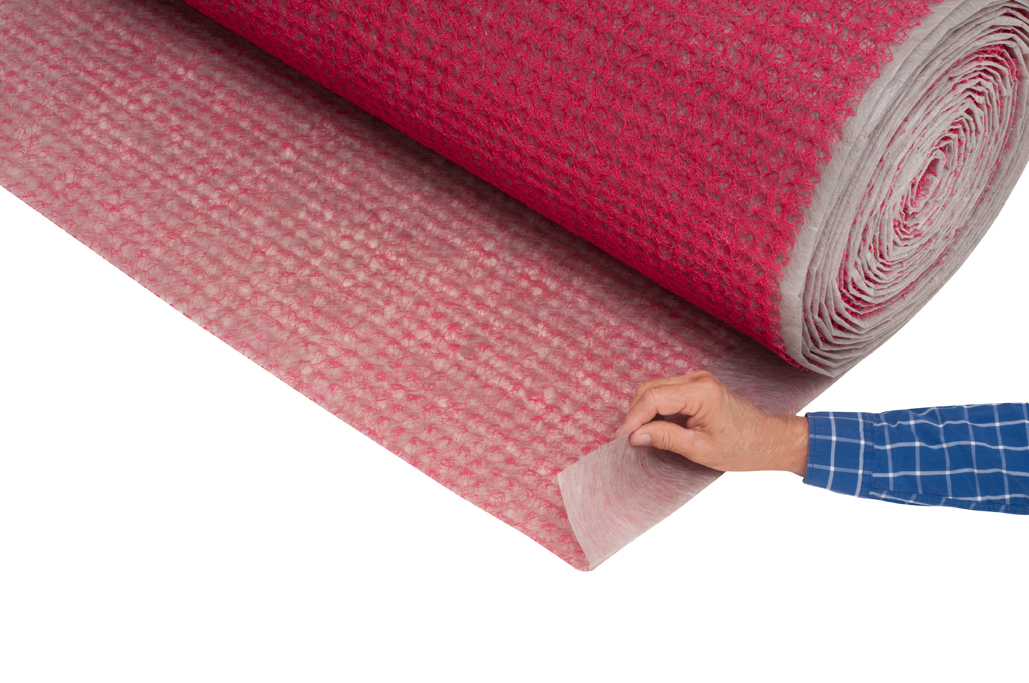The ins and outs of revolving doors
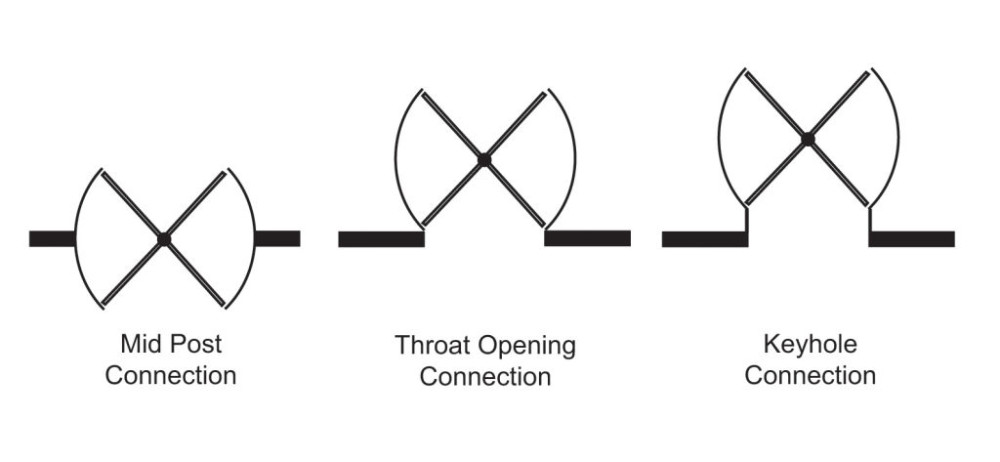
With rising energy costs and clients’ growing demand for comfortable, safe, and environmentally sustainable buildings, revolving doors can be a true asset. Revolving doors are among the most energy-efficient entrance solutions. The ‘always open, always closed’ principle of a revolving door ensures the conditioned inside air and the unconditioned outside air remain separated, preventing drafts, dust and noise coming into the building. As less energy is required to maintain the conditioned climate inside the building, revolving doors help reduce the carbon footprint of a building and save both energy and cost—key assets in today’s building environment.
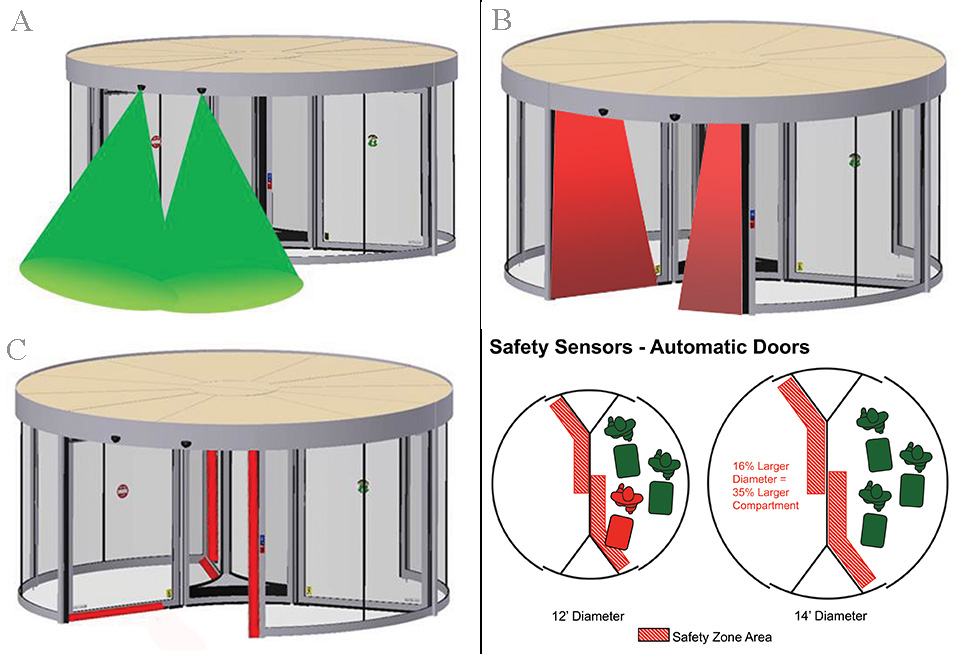
Glen grew up in the revolving door business with his father, Richard Tracy, who manufactured revolving door systems in Chicago for more than 30 years. After nearly 13 years working for his dad, Glen branched out briefly in the automatic door business, prior to joining Boon Edam in 2000. He has been employed at Boon Edam for over 14 years and has held various leadership roles within the outside sales group, including Regional Sales Manager positions in the Midwest and Southeast, National Distribution Manager, and he currently serves as National Sales Manager. Glen has a long history of working closely with architects, glazing contractors, consultants and key customers across several verticals since 1986. Mr. Tracy resides in Salt Lake City, Utah. He can be reached by e-mail at Glen.Tracy@boonedam.us


